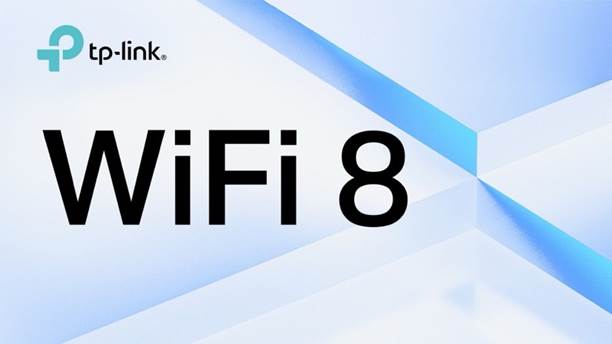Forget Wi-Fi 7 already - successful trial means Wi-Fi 8 technology could be here sooner than you think
TP-Link reveals breakthrough connection Wi-Fi 8 technology

- TP-Link is testing out a new Wi-Fi 8 802.11bn standard
- The prototype looks to have been developed through a joint partnership
- Wi-Fi 8 is likely to push for reliability rather than speed
TP-Link claims it is close to ushering in an ‘era of uncompromising reliability’ with a first successful demonstration of Wi-Fi 8 (802.11bn) technology
The connectivity giant revealed it has transmitted data using a prototype device developed through a joint industry partnership - although it didn't say who else was involved.
Wi-Fi 8 is likely to operate across 2.4 GHz, 5 GHz, and 6 GHz frequency bands and a theoretical maximum channel bandwidth of 320MHz with a maximum, and speeds staying at 46 Gbps - although it should boost real-world throughput by an expected 25% using smarter signal management.
A critical milestone
Prototypes tested had key features like Enhanced Long Range (ELR) and Distributed Resource Units (DRU) to help boost performance and range, alongside Unequal Modulation (UEQM) to help bring multiple devices get the best connection possible.
The focus for Wi-Fi 8 is primarily reliability, rather than speed. Recently, Qualcomm revealed its priority is with stability, smoother performance with more devices connected, as well as cutting latency.
The technology is unlikely to reach certification until 2027, and is expected to be finalized sometime in 2028. TP-Link hasn’t specified the details of the viability milestone it has reached, but it seems as though there could be a hardware partnership with another big player like Qualcomm or Intel.
“Wi-Fi 8 marks a fundamental pivot,” explains Qualcomm, “moving beyond peak speeds to prioritize reliable performance in challenging real-world conditions. It’s designed to deliver consistent, low-latency and near-lossless connectivity even in highly congested, interference-prone and mobile environments."
Sign up to the TechRadar Pro newsletter to get all the top news, opinion, features and guidance your business needs to succeed!
The move towards reliability and high-connectivity will look to help push client devices to operate under less than ideal conditions.
“This is especially important for client devices operating at the outer boundaries of AP coverage or in environments with signal degradation due to distance, interference or power limitations,” the statement explains.
“The standard addresses these challenges with a range of physical layer enhancements that work together to strengthen performance at the edge.”
Follow TechRadar on Google News and add us as a preferred source to get our expert news, reviews, and opinion in your feeds. Make sure to click the Follow button!
And of course you can also follow TechRadar on TikTok for news, reviews, unboxings in video form, and get regular updates from us on WhatsApp too.
You might also like
- BT unveils promise of a major 5G upgrade across the UK
- Check out our choice for best Wi-Fi routers around
- The Windows 10 deadline is approaching – are you ready?

Ellen has been writing for almost four years, with a focus on post-COVID policy whilst studying for BA Politics and International Relations at the University of Cardiff, followed by an MA in Political Communication. Before joining TechRadar Pro as a Junior Writer, she worked for Future Publishing’s MVC content team, working with merchants and retailers to upload content.
You must confirm your public display name before commenting
Please logout and then login again, you will then be prompted to enter your display name.